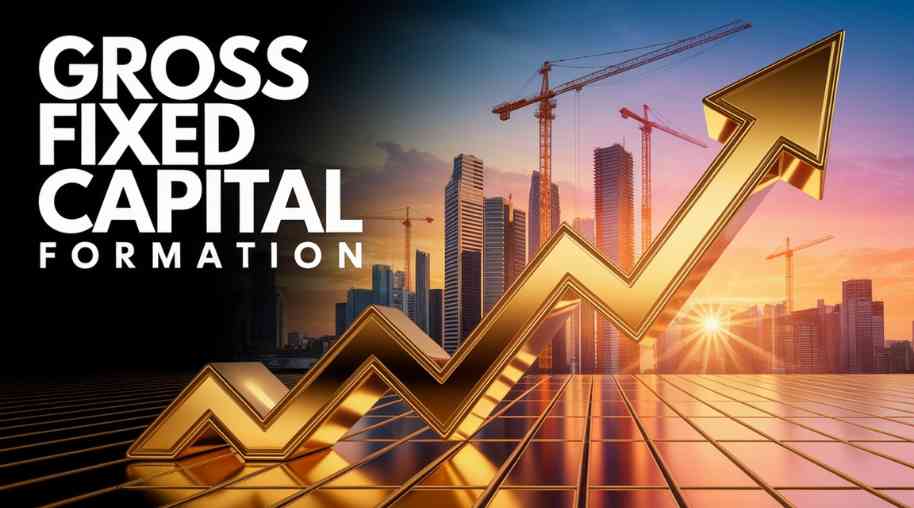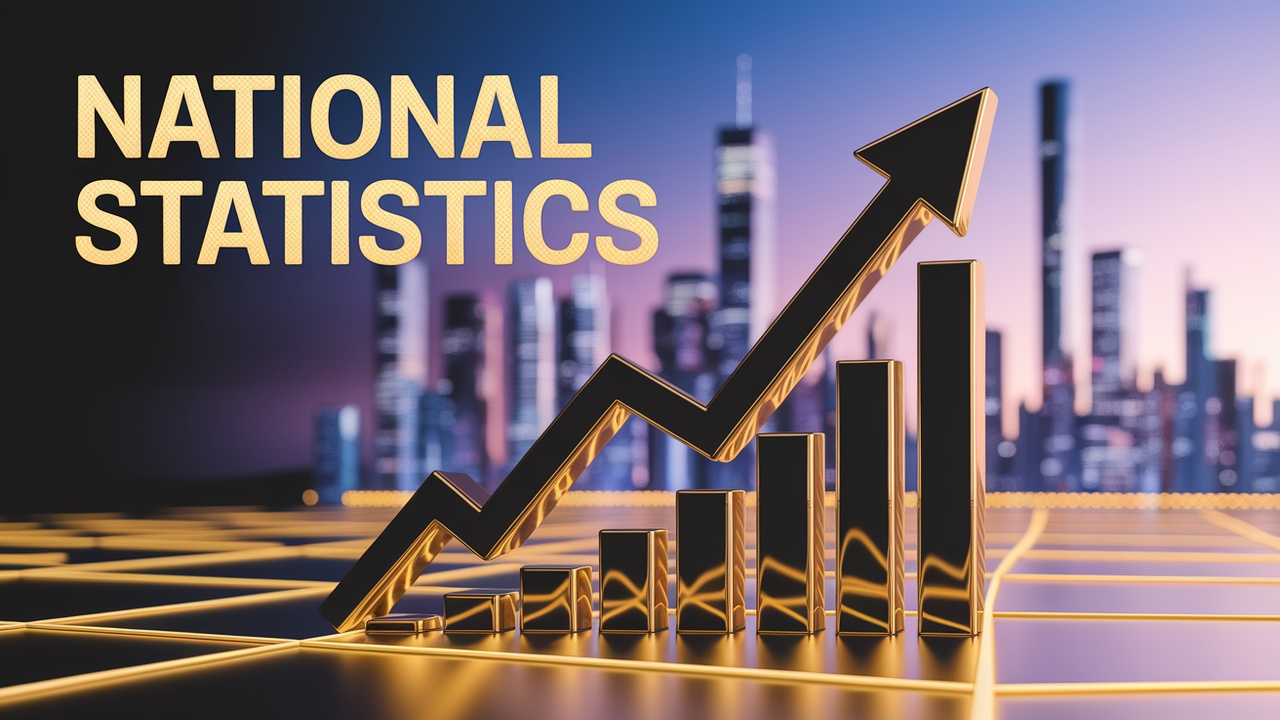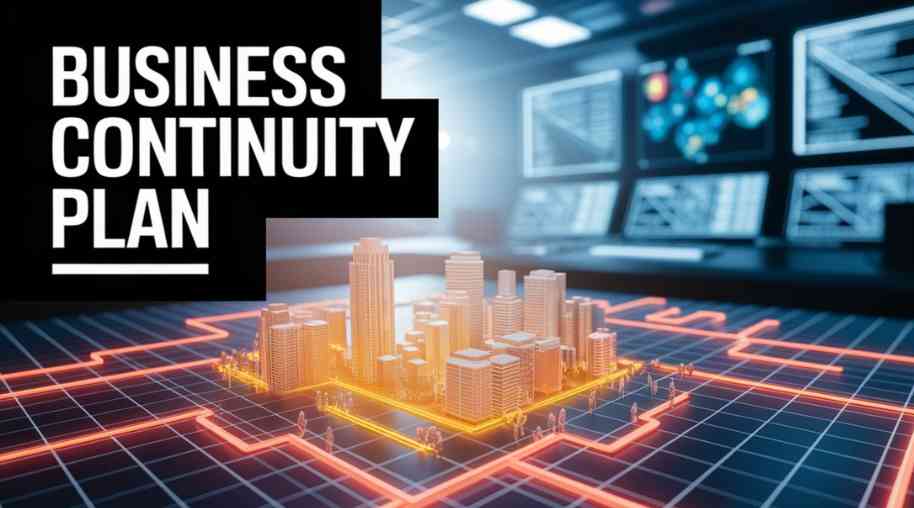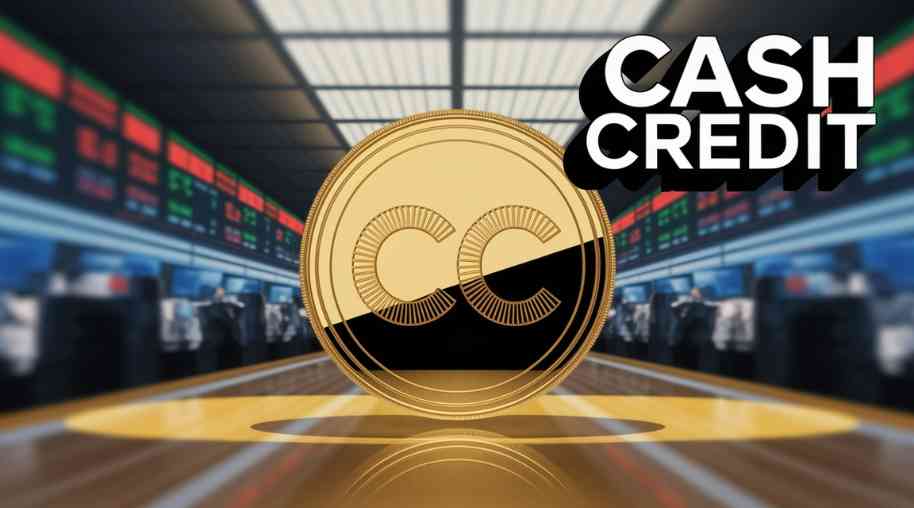GFCF Full Form-Gross Fixed Capital Formation
by Shashi Gaherwar
0 2176
Gross Fixed Capital Formation: Driving Economic Growth
Gross Fixed Capital Formation (GFCF) refers to the increase in a country's fixed assets, including infrastructure, machinery, and equipment. It is a key economic indicator that reflects the level of investment within an economy and its potential for future growth. GFCF plays a crucial role in enhancing productivity, generating employment, and fostering long-term economic stability.

Understanding Gross Fixed Capital Formation
Gross Fixed Capital Formation measures the net increase in fixed assets within a specific period. It represents investments made by businesses, governments, and households in physical assets that contribute to economic productivity.
The formula for GFCF is:
GFCF = Total Fixed Asset Investment – Depreciation
Components of GFCF:
- Public Sector Investment: Government spending on infrastructure like roads, bridges, and public facilities.
- Private Sector Investment: Business expenditure on machinery, technology, and production facilities.
- Household Investment: Residential construction and improvements in housing stock.
Importance of Gross Fixed Capital Formation
- Economic Growth: A higher GFCF leads to increased production capacity and overall economic expansion.
- Job Creation: Investment in fixed assets generates employment opportunities across various sectors.
- Infrastructure Development: Supports the construction of essential infrastructure such as roads, power plants, and industrial zones.
- Technological Advancement: Encourages the adoption of modern machinery and innovation, boosting productivity.
- Financial Stability: A strong GFCF indicates a robust investment climate, reducing economic volatility.
Factors Influencing Gross Fixed Capital Formation
Several factors determine the level of fixed capital investment in an economy:
- Interest Rates: Lower interest rates make borrowing cheaper, encouraging businesses to invest in assets.
- Government Policies: Tax incentives, subsidies, and investment-friendly regulations impact capital formation.
- Economic Stability: A stable economic environment fosters investor confidence and encourages long-term investments.
- Technological Development: Availability of advanced technology influences investment decisions in manufacturing and services.
- Foreign Direct Investment (FDI): Inflows of foreign capital contribute significantly to GFCF in developing economies.
Gross Fixed Capital Formation vs. Gross Domestic Saving
- Gross Fixed Capital Formation: Investment in fixed assets that expands production capacity and increases productive efficiency.
- Gross Domestic Saving: Portion of GDP saved, providing funds for investment and supporting financial stability.
Gross Fixed Capital Formation Trends in Major Economies
Different economies exhibit varying levels of capital formation depending on their development stage and investment climate. Some key trends include:
- China: High GFCF due to extensive government investment in infrastructure and manufacturing.
- United States: Moderate GFCF with a focus on technological and service sector investments.
- India: Growing GFCF driven by government-led infrastructure projects and private sector expansion.
- European Union: Varied GFCF across member countries, influenced by economic policies and industrial growth.
Challenges in Increasing Gross Fixed Capital Formation
- High Borrowing Costs: Elevated interest rates make capital investments expensive.
- Regulatory Barriers: Complex approval processes and policy instability deter investors.
- Economic Uncertainty: Fluctuations in market conditions affect investment decisions.
- Infrastructure Deficiencies: Lack of basic infrastructure discourages large-scale investments.
- Limited Access to Finance: Small and medium enterprises (SMEs) often struggle to secure funding for capital investment.
Strategies to Boost Gross Fixed Capital Formation
Governments and financial institutions implement various measures to encourage capital formation:
- Lowering Interest Rates: Making credit more affordable for businesses and investors.
- Investment-Friendly Policies: Reducing red tape and offering tax benefits for capital expenditure.
- Public-Private Partnerships (PPPs): Encouraging joint investment projects in infrastructure and industry.
- Foreign Investment Promotion: Creating a favorable environment for FDI inflows.
- Strengthening Financial Institutions: Expanding access to credit for businesses and entrepreneurs.
Gross Fixed Capital Formation is a fundamental driver of economic development and long-term financial stability. By promoting investment in infrastructure, technology, and production capacity, countries can achieve sustained growth, enhance employment opportunities, and improve overall living standards. Governments and businesses must work together to create an environment conducive to capital formation, ensuring economic prosperity for future generations.
Further Learning Resources
If you’re passionate about building a successful blogging website, check out this helpful guide at Coding Tag – How to Start a Successful Blog. It offers practical steps and expert tips to kickstart your blogging journey!
For dedicated UPSC exam preparation, we highly recommend visiting www.iasmania.com. It offers well-structured resources, current affairs, and subject-wise notes tailored specifically for aspirants. Start your journey today!

Share:








Comments
Waiting for your comments